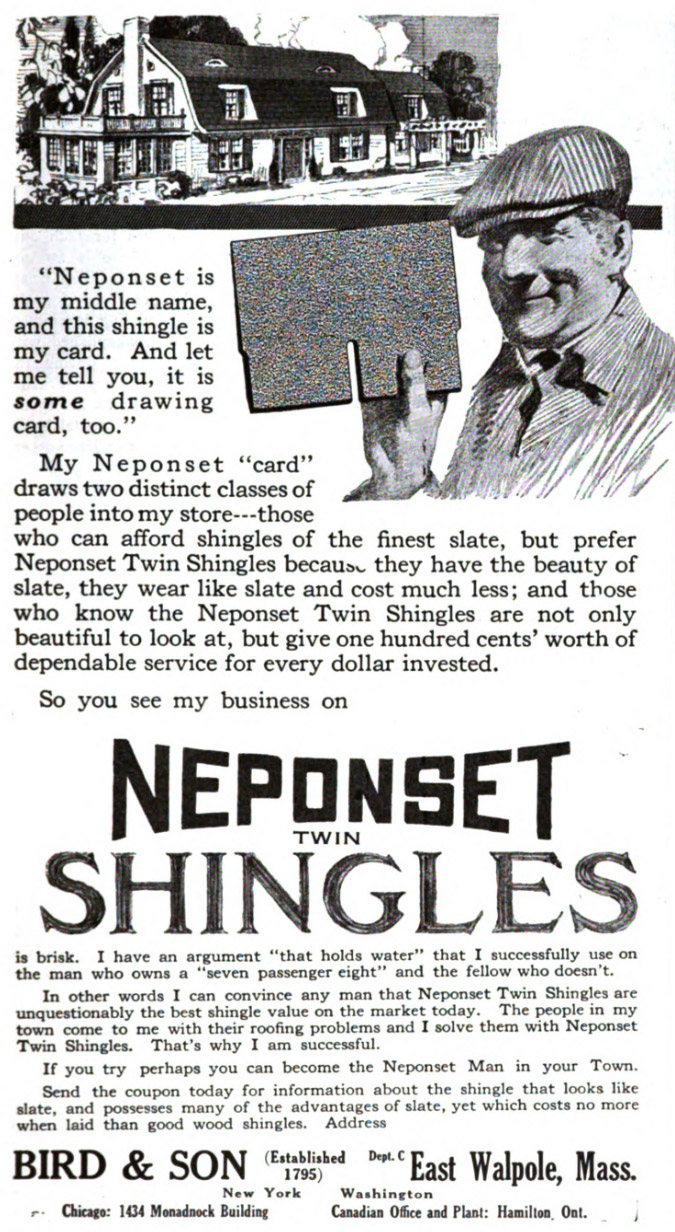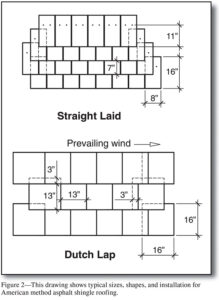
Who invented the asphalt shingle?
Technically, it was Henry Reynolds of Grand Rapids, Michigan, who took a roll of roofing material and cut it into the first shingles in 1903.
In order to truly understand the major developments that have made asphalt shingles one of the most popular building materials ever, we have to start all the way back in the 1800s.
In 1800’s America roofing material options were determined by avaliability and costliness, leading to a variety of roofing materials being utilized from Thatch (a material composed of a hay or straw) to Wood Shakes and Slate Tiles.
In the 1840’s the Warren brothers from Cincinnati created a roofing material that consisted of a cotton fabric base coated with pine tar and sprinkled with sand. This material offered some protection from moisture and quickly caught on. Coal tar later replaced pine tar. In the 1860’s coal tar became cost prohibitive at the same time the new petroleum industry was producing asphalt which replaced the coal tar, they also began using slate granules instead of sand.
In 1903 Henry Reynolds began cutting the fabric into individual shingles, making the application process easier and improved the look of the roof. This caught on and many roofers used this method.
In 1911, the National Board of Fire Underwriters sought to raise awareness of wood shingles as major fire hazards. Asphalt shingles were a great alternative that had significantly reduced fire risk.
In the 1920s roofing manufacturers caught on to the shingle trend. Bird and Son offered the first strip shingle. They called them Neponset Twin Shingles and boasted that the product had reduced installation costs.
In the 1920s and 1930s, the shingles were single pieces, either square or rectangular. While there were other shapes in the European market, American shingles were mostly “straight” or rectangular. These were usually Straight laid. Some were Dutch Lap laid, which involved a larger shingle exposure and an additional horizontal overlap between shingles.

In 1935, shingle brands released the first three tab shingle, which were the industry standard 12 inches by 36 inches. They were installed Straight style, overlapping vertically but not horizontally, just as they are today. By the 1950s, this size would become standard across most shingle manufacturers.

